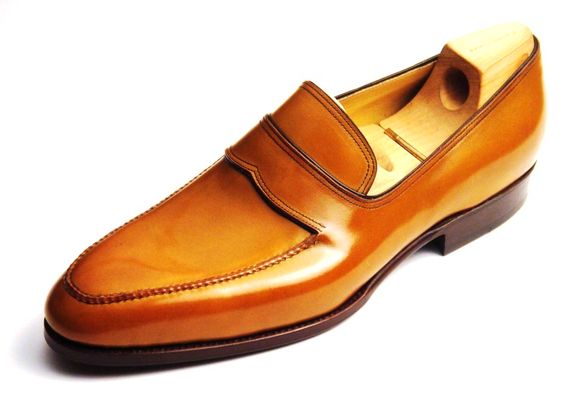
Shoes are more than just items of clothing that protect and comfort our feet. They are also symbols of culture, fashion, and status. Shoes have a long and fascinating history that spans thousands of years and reflects the changes in society, technology, and art.
The first shoes were probably made from animal skins or plant materials, such as bark or leaves. They were simple and practical, designed to shield the feet from rough terrain, cold weather, or sharp objects. Some of the oldest shoes ever discovered are sandals made from sagebrush bark, dating back to about 8000 BC, found in a cave in Oregon. Another ancient shoe, found in a cave in Armenia, is a leather moccasin that dates to about 3500 BC.
As civilizations developed, so did shoes. Different regions and cultures had their own styles and methods of making shoes. For example, the Egyptians made shoes from woven reeds or papyrus, and decorated them with beads or jewels. The Greeks and Romans wore sandals or leather boots, and sometimes dyed them in bright colors. The Chinese invented silk shoes and bound the feet of upper-class women to fit into them. The Native Americans made moccasins from animal hides and decorated them with beads or quills.
Shoes also became indicators of social status or occupation. In medieval Europe, nobles wore pointed shoes that were sometimes so long that they had to be tied to the knees. In contrast, peasants wore wooden clogs or simple leather shoes. In Japan, geishas wore wooden platform shoes called geta, while samurais wore straw sandals called waraji. In India, maharajas wore shoes with curled toes that were adorned with pearls or gems.
The invention of new materials and machines in the Industrial Revolution transformed the shoe industry. Shoes became cheaper and more accessible to the masses. Mass production also allowed for more variety and innovation in shoe design. For example, rubber was used to make waterproof boots and soles; steel was used to make protective toe caps; and canvas was used to make lightweight sneakers.
Shoes also reflected the changes in fashion and culture over time. In the 18th century, men and women wore high-heeled shoes that were influenced by the French aristocracy. In the 19th century, women wore laced-up boots that covered their ankles, while men wore leather shoes with buckles or laces. In the 20th century, shoes became more diverse and expressive, influenced by music, sports, and pop culture. For example, flappers wore low-heeled shoes with straps or buckles; rockers wore leather boots or loafers; hippies wore sandals or clogs; punks wore combat boots or sneakers; and rappers wore flashy sneakers or boots.
Today, shoes are still an important part of our lives and identities. We wear different shoes for different occasions, activities, or moods. We choose shoes that suit our personalities, tastes, or styles. We collect shoes that are rare, unique, or valuable. We admire shoes that are artistic, innovative, or iconic. Shoes are more than just footwear; they are stories that we wear on our feet.
Sincerely,
Erik
Source:
- The History of Shoes and Footwear – https://www.thoughtco.com/the-history-of-shoes-170943.
- Shoe – Wikipedia. https://en.wikipedia.org/wiki/Shoe.
- The History of How Shoes Are Made – https://www.thoughtco.com/history-of-shoes-1992405.
- The Surprisingly Fascinating History Of Footwear – All That’s Interesting. https://allthatsinteresting.com/fascinating-history-footwear.





